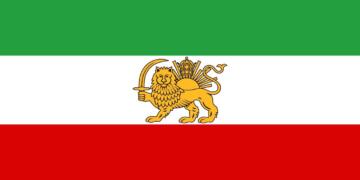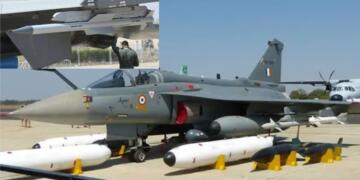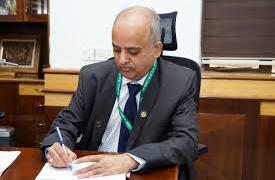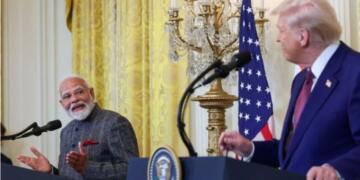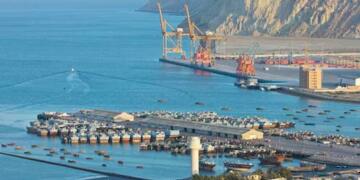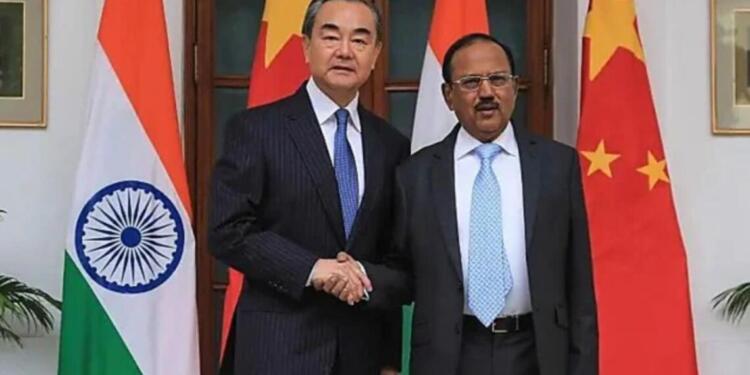India’s National Security Adviser Ajit Doval’s visit to China for the SCO summit is a high-stakes diplomatic maneuver aimed at isolating Pakistan over terrorism and testing China’s resolve. This strategic engagement will put India’s diplomatic skills to the test, with potential implications for regional dynamics.
In the wake of the recent terror attack in Pahalgam, New Delhi plans to use the multilateral platform to highlight Pakistan’s role in fostering terrorism and to gauge where Beijing stands on the issue, according to senior government sources.
Doval’s presence at the summit is expected to be assertive. India will raise the issue of cross-border terrorism, pushing for specific references to Pakistan-based groups like Jaish-e-Mohammad (JeM) in the summit documents.
There is also an effort underway to expand the SCO’s counterterrorism framework, including strengthening the Regional Anti-Terrorist Structure (RATS). However, with both China and Pakistan part of the SCO, India anticipates attempts to dilute or block any direct references to Islamabad.
Beijing, while showing recent gestures aimed at stabilizing ties with India—such as the reopening of flight operations—remains cautious. Due to its strategic alliance with Pakistan, China is unlikely to adopt a strong position against Islamabad. Indian officials believe Beijing will likely maintain a neutral front, limiting its engagement to symbolic expressions rather than substantive shifts.
Though Tehran has expressed solidarity with India over the Pahalgam attack, it continues to maintain strong relations with both China and Pakistan. Iran has refrained from issuing any statements that might strain its regional partnerships. Meanwhile, Pakistan has vocally condemned the recent U.S. airstrikes on Iranian nuclear sites, even convening top-level security meetings in response.
India, for its part, has politely turned down Iran’s offer to mediate on Kashmir. Instead, New Delhi continues to prioritize strategic infrastructure projects like the Chabahar Port and the International North-South Transport Corridor (INSTC), both aimed at countering China’s Belt and Road Initiative (BRI).
Russia, another influential SCO member, is expected to quietly support India’s position on terrorism, given the longstanding defence and energy ties between Moscow and New Delhi.
In a significant parallel development, Defence Minister Rajnath Singh is scheduled to attend the SCO Defence Ministers’ meeting in Qingdao from June 25 to 27. This will be the first high-level ministerial visit to China since the military standoff in eastern Ladakh began in 2020. Singh is likely to meet his Chinese counterpart, Admiral Dong Jun, on the sidelines, with discussions possibly focusing on military disengagement and confidence-building measures along the Line of Actual Control (LAC).
India’s strategy at the SCO summit reflects a blend of diplomatic assertiveness and geopolitical foresight, aiming to: Reassert Regional Influence: Highlight cross-border terrorism and challenge Pakistani narratives and secondly to promote Rules-Based Order: Shape the multilateral agenda and forge coalitions with like-minded nations.
The outcome will depend on India’s ability to navigate the complex geopolitical landscape and promote its interests effectively.
Operation Sindoor represents a critical shift in India’s counter-terrorism doctrine—one that combines military precision, intelligence superiority, and geopolitical messaging. While official details remain classified, credible reports and strategic leaks indicate that the operation was launched in direct retaliation to the Pahalgam terror attack, in which several Indian security personnel were killed in an ambush by Pakistan-backed militants.
The Operation: Targeted, Tactical, and Calculated
Operation Sindoor was reportedly executed with surgical precision across the Line of Control (LoC) and deep into Pakistan-occupied Kashmir (PoK). Indian special forces, backed by aerial reconnaissance and satellite data, struck multiple terror launchpads and logistical nodes used by groups like Jaish-e-Mohammad (JeM) and Lashkar-e-Taiba (LeT).
- According to intelligence sources, the targets included:
- Terrorist launchpads preparing for infiltration into Jammu and Kashmir.
- Weapons depots and training camps in PoK regions such as Bhimber and Leepa Valley.
- Communication hubs used to coordinate attacks with handlers across the border.


